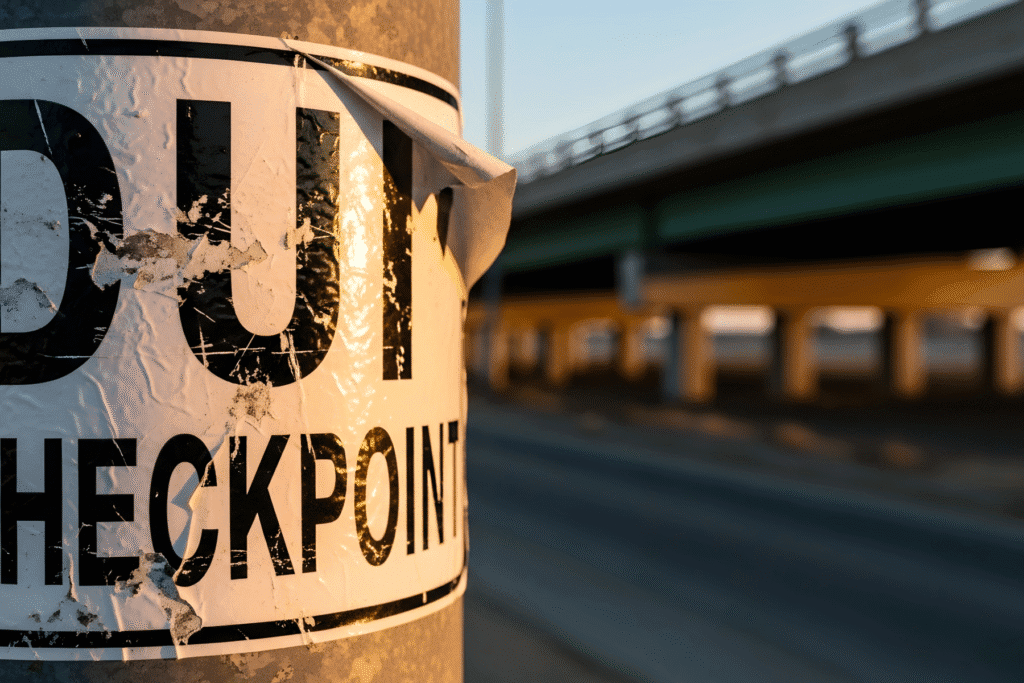What You Should Know
If you’ve been pulled over on suspicion of DUI in Arizona, there’s a good chance the officer administered a Horizontal Gaze Nystagmus (HGN) test. It’s one of the three standardized field sobriety tests recognized by the National Highway Traffic Safety Administration (NHTSA). But what exactly is the HGN test? What does it measure? And—perhaps most importantly—how reliable is it in court?
At Rideout Law Group, we believe in educating our clients and challenging questionable DUI evidence. Here’s what you need to know.
What Is the HGN Test?
The Horizontal Gaze Nystagmus test is a roadside sobriety test used by law enforcement to detect signs of impairment due to alcohol or certain drugs. The term “nystagmus” refers to the involuntary jerking of the eye. Everyone experiences nystagmus to some degree, but the movements become more exaggerated and erratic under the influence of alcohol.
During the test, the officer will ask you to follow a small object—often a pen or fingertip—with your eyes, without moving your head. The officer then watches for involuntary eye movements as your eyes move side to side (horizontally).
What Does the HGN Test Measure?
Officers administering the HGN test are looking for three specific clues in each eye, for a total of six clues:
- Lack of smooth pursuit – The eye cannot follow the object smoothly.
- Distinct nystagmus at maximum deviation – Jerking becomes obvious when the eye is held at the farthest point to one side.
- Onset of nystagmus prior to 45 degrees – Jerking begins before the eye moves 45 degrees from center.
According to NHTSA guidelines, observing four or more clues is generally considered a failure of the test and suggests a Blood Alcohol Concentration (BAC) of 0.08% or higher.
Is the HGN Test Reliable?
This is where things get complicated.
While the HGN test is scientifically validated under controlled conditions, its reliability in the real world—especially on the side of a road—is hotly debated. Here are some factors to consider:
- Subjective Interpretation
The test relies heavily on the officer’s judgment. There’s no hard data or recording of your eye movement—only what the officer claims to see. This opens the door to human error, confirmation bias, and even misapplication of test standards.
- Environmental Factors
Wind, flashing lights, fatigue, medical conditions (like inner ear disorders), and even caffeine or eye strain can produce similar eye movements. Testing on uneven surfaces or in poor lighting can also affect results.
- Legal Admissibility in Arizona
In Arizona courts, the HGN test may be admitted as evidence of impairment, but it often needs to be paired with other indicators—like breath or blood test results. A skilled DUI defense attorney can challenge the administration, training, or interpretation of the test to weaken the prosecution’s case.
Can You Refuse the HGN Test?
Yes. In Arizona, you can refuse to participate in field sobriety tests—including the HGN—without automatic penalties. However, officers may still arrest you based on other observations, and refusing a breath or blood test after arrest could trigger a license suspension under Arizona’s implied consent law.
How Rideout Law Group Can Help
If you’ve been charged with DUI in Scottsdale, Lake Havasu, or anywhere in Arizona, the team at Rideout Law Group is ready to fight for your rights. We understand the nuances of DUI testing, including how to challenge flawed field sobriety tests like the HGN.
📞 Free DUI Consultation
Call (480) 584-3328 for Scottsdale or (928) 854-8181 for Lake Havasu.
📍 Offices in Scottsdale & Lake Havasu City, AZ
💼 Visit us: rideoutlaw.com

